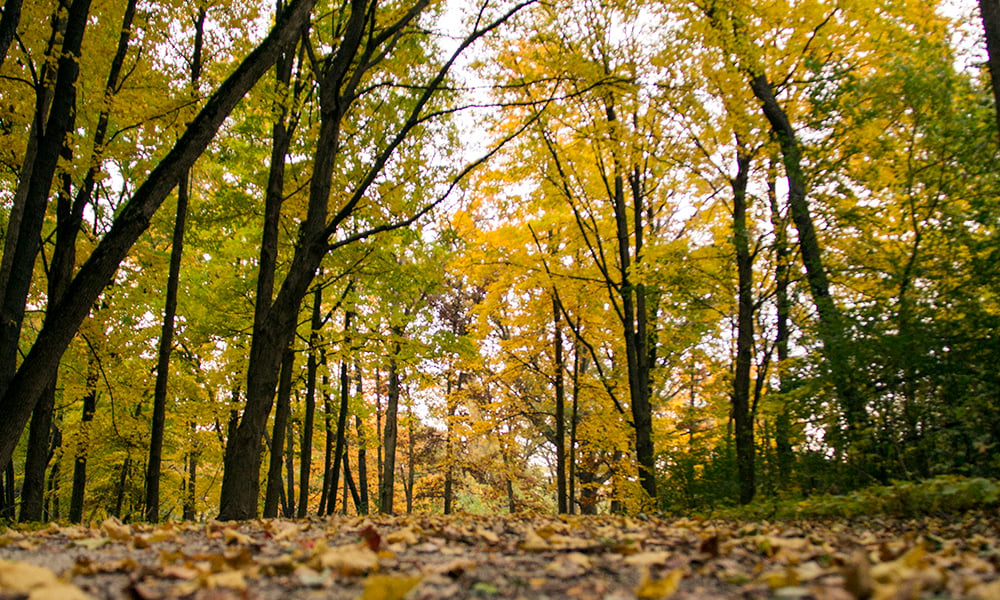
Autumn is a time to enjoy the crispness of the weather and the colors of the trees. The yellow, red and orange colors of the oaks, maples and hickories paint a beautiful landscape, making this time of year an experience in art.
This season also brings a feeling of dread to many homeowners who see these leaves as backbreaking work, from raking and bagging, to climbing up ladders and cleaning gutters.
I remember as a kid growing up in DuPage County every fall spending countless hours raking the leaves in the yard, but I found it odd and a tad embarrassing as my parents never got rid of the leaves. In fact, we would drive around and pick up our neighbors' bags of leaves as well (this was before lawn stickers were a thing). We would then spend those brisk sunny afternoons running bags of leaves into a mulcher and shredding them into little bits. As the mulcher bag filled, we would empty it out in the flower beds throughout the garden.
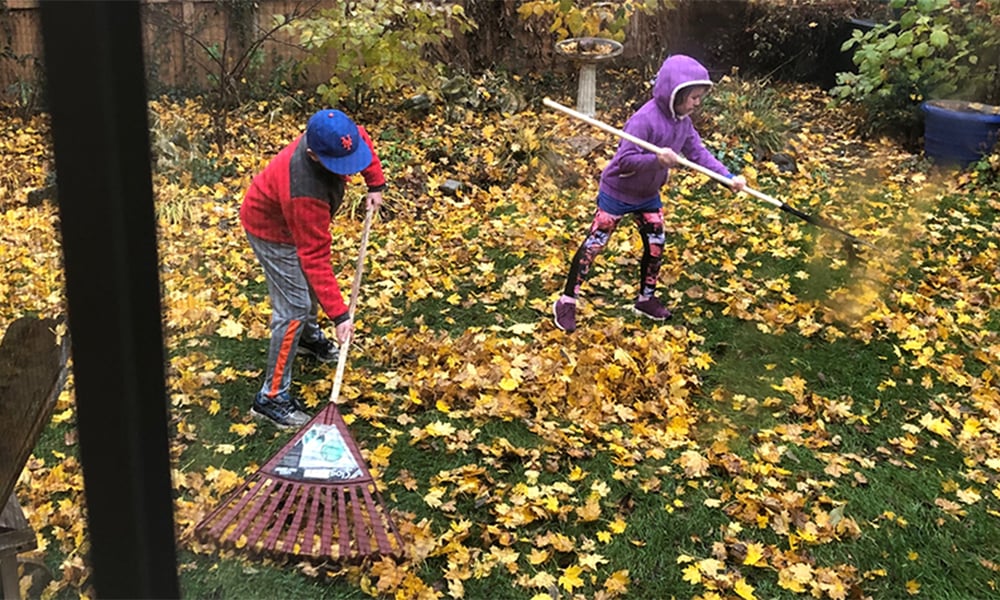
Now, as an adult, I realize how wise my parents were. Leaving those leaves in the garden not only insulates the soil, it adds vital nutrients as the leaves decompose. In fact, homeowners can save a lot of money and hard work by mulching their leaves or raking them into their flowerbeds instead of making a pile and bagging them. This also “leaves” more time for important outdoor experiences like attending forest preserve programs or hiking in the woods.
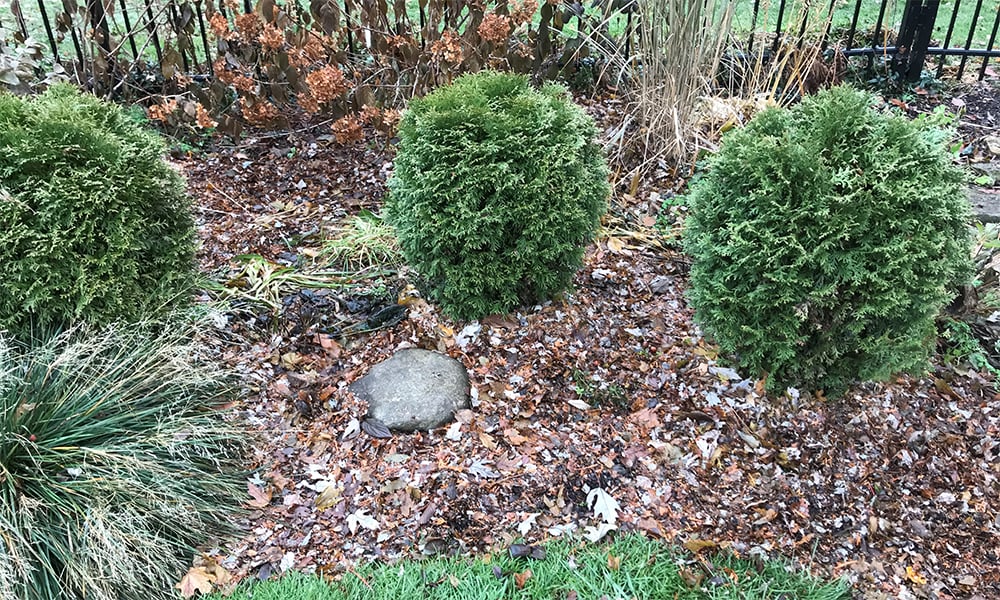 Insulating your garden beds with mulched leaves can protect your overwintering plants.
Insulating your garden beds with mulched leaves can protect your overwintering plants.
Sometime somewhere someone decided that leaving leaves on your lawn makes it look unkempt or messy and that we need to rake them up. If you want a healthier lawn and/or garden, though, this is not necessary. I don’t spend my afternoons raking up leaves, I run my mulching mower over my lawn and over the fallen leaves and just let the leaf bits lie. In the thicker patches of leaves, I sometimes run over them two or three times, making sure the mower cuts up and distributes the leaf bits throughout the lawn. These mulched leaves add nutrients to the soil, which will feed next year’s grass as they decompose in between the blades of grass. It also feeds the soil microbes and insects that are essential for soil health.
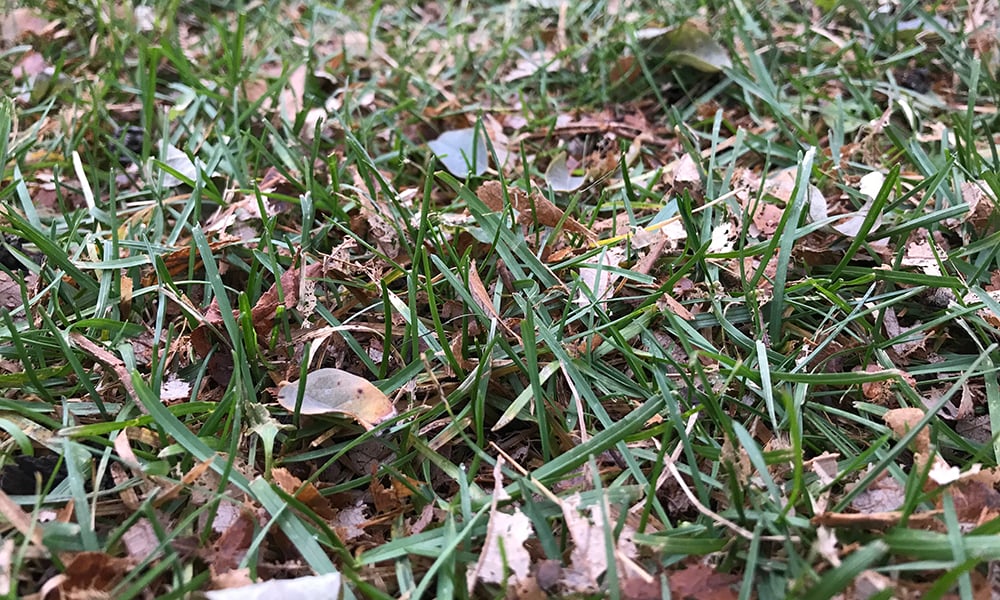 Mulched leaves return nutrients to the soil, which leads to healthier grass.
Mulched leaves return nutrients to the soil, which leads to healthier grass.
I usually use my electric leaf blower/mulcher to suck up leaves on the sidewalk and driveway and mulch them into the attached bag. When the bag is full, I distribute the mulched leaves in my garden beds. Leaving the leaves on the surface of the garden beds helps keep pesky weeds at bay without having to use herbicides or buying mulch from the store. It also helps insulate the soil, protecting the precious plants that I want to return for next year. Many species of insects, including caterpillars in their chrysalises and other overwintering arthropods, benefit from that extra layer of leaf litter as well.
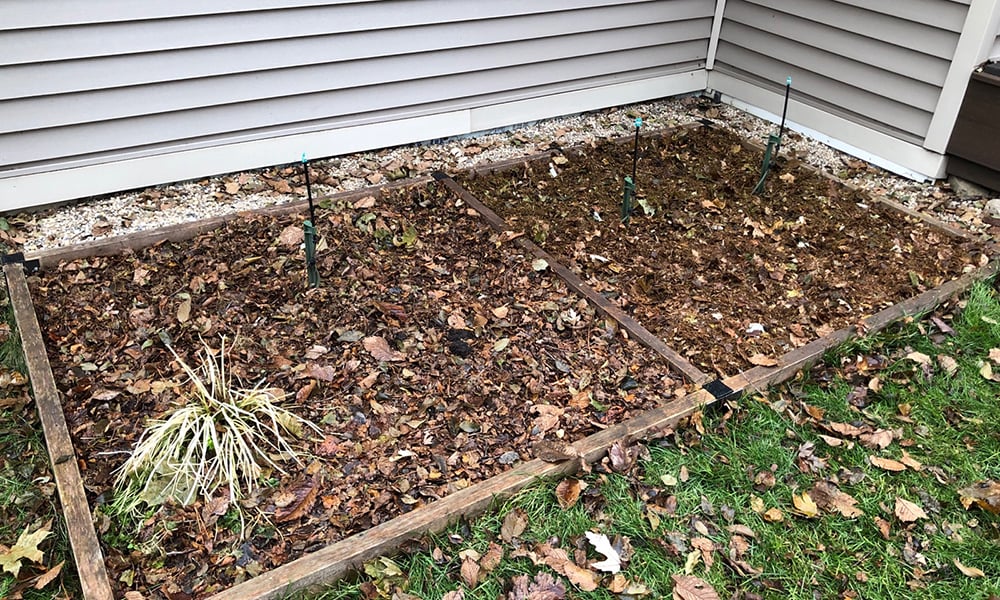 Mulching with fall leaves can save homeowners money and prevent weeds.
Mulching with fall leaves can save homeowners money and prevent weeds.
So, what do you do if you don’t have many leaves to cover your garden? Do what my parents did: See if you can get your neighbors’ bagged leaves. You can even spread the leaves out on your lawn and then mow over them. This way you’ll not only save money on lawn care and fertilizer, you’ll be the envy of the neighborhood next spring with your lush lawn.
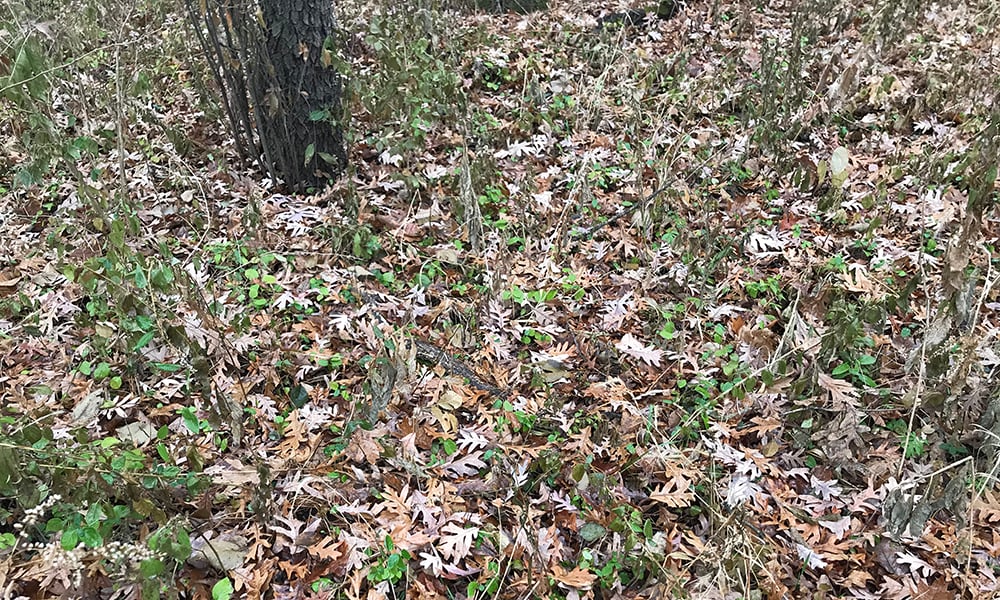 Leaf litter in more forested areas not only provides valuable nutrients to the soil but also creates nesting material and hiding places for animals.
Leaf litter in more forested areas not only provides valuable nutrients to the soil but also creates nesting material and hiding places for animals.
Dave Andrusyk
